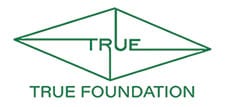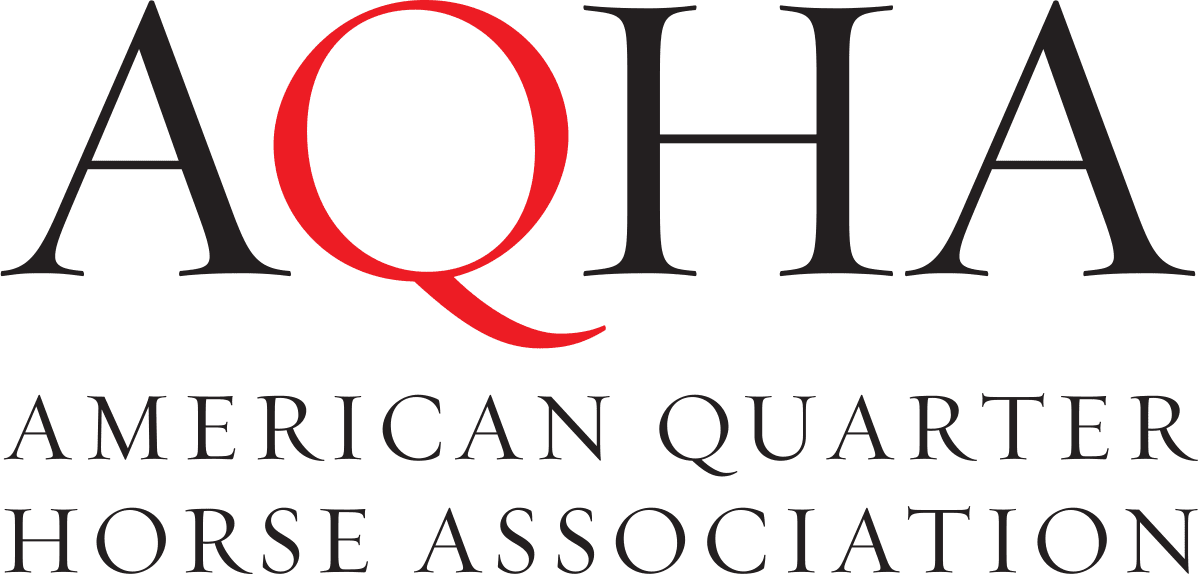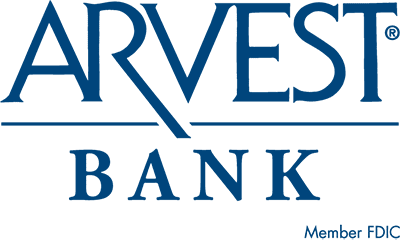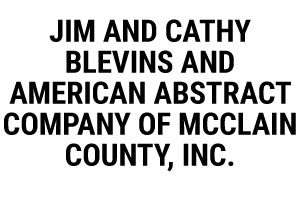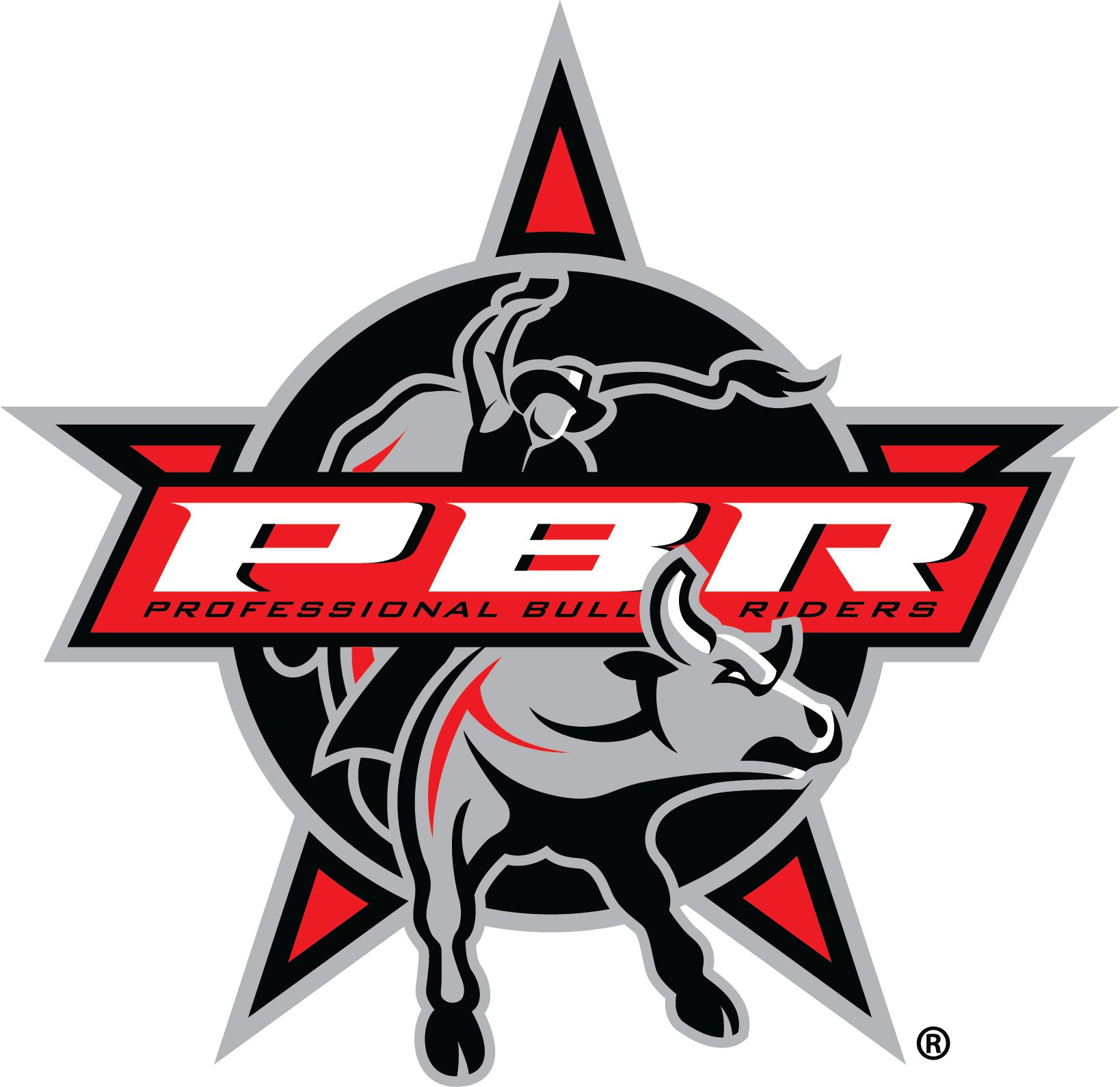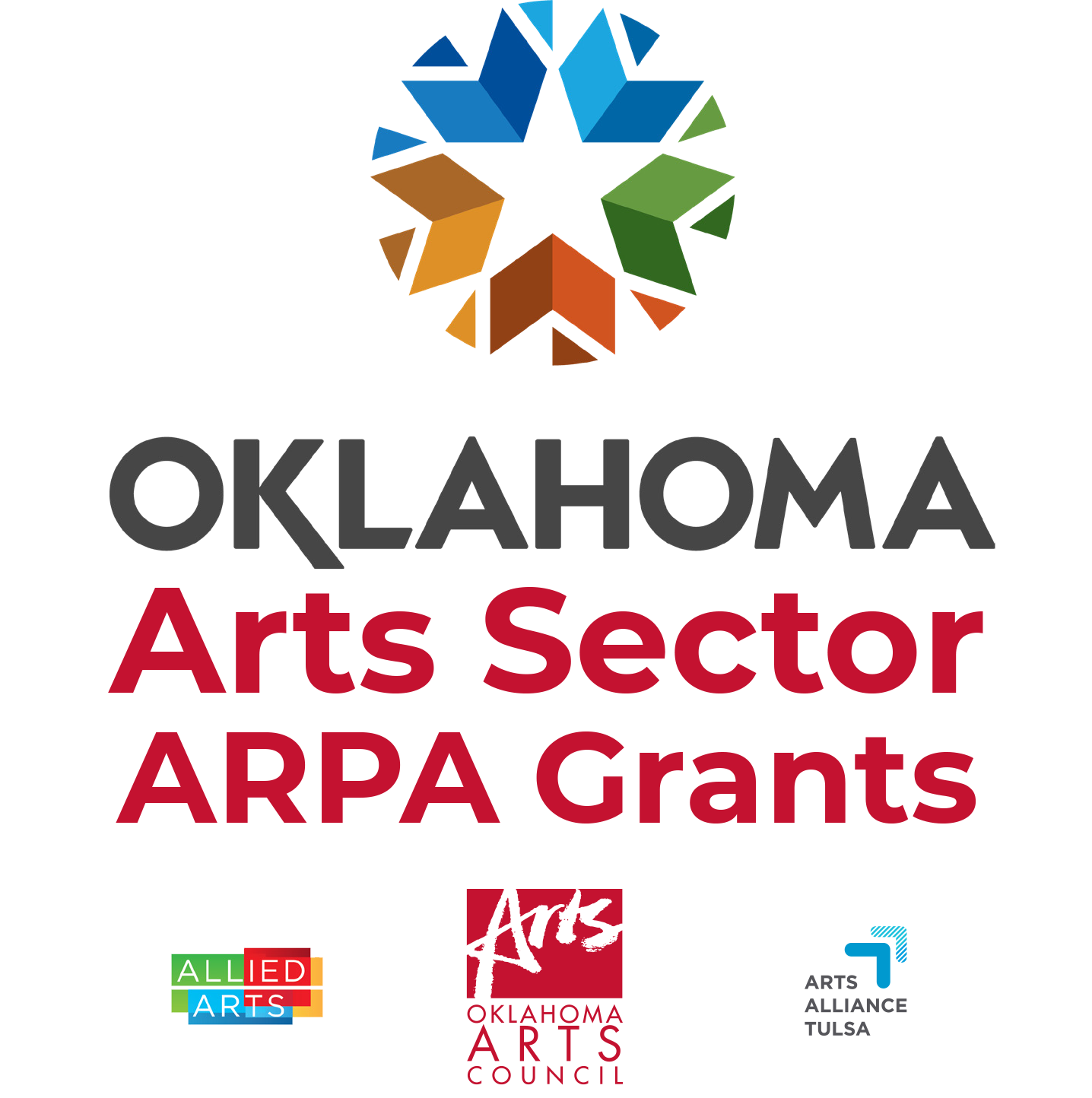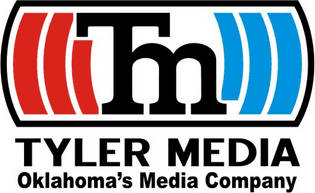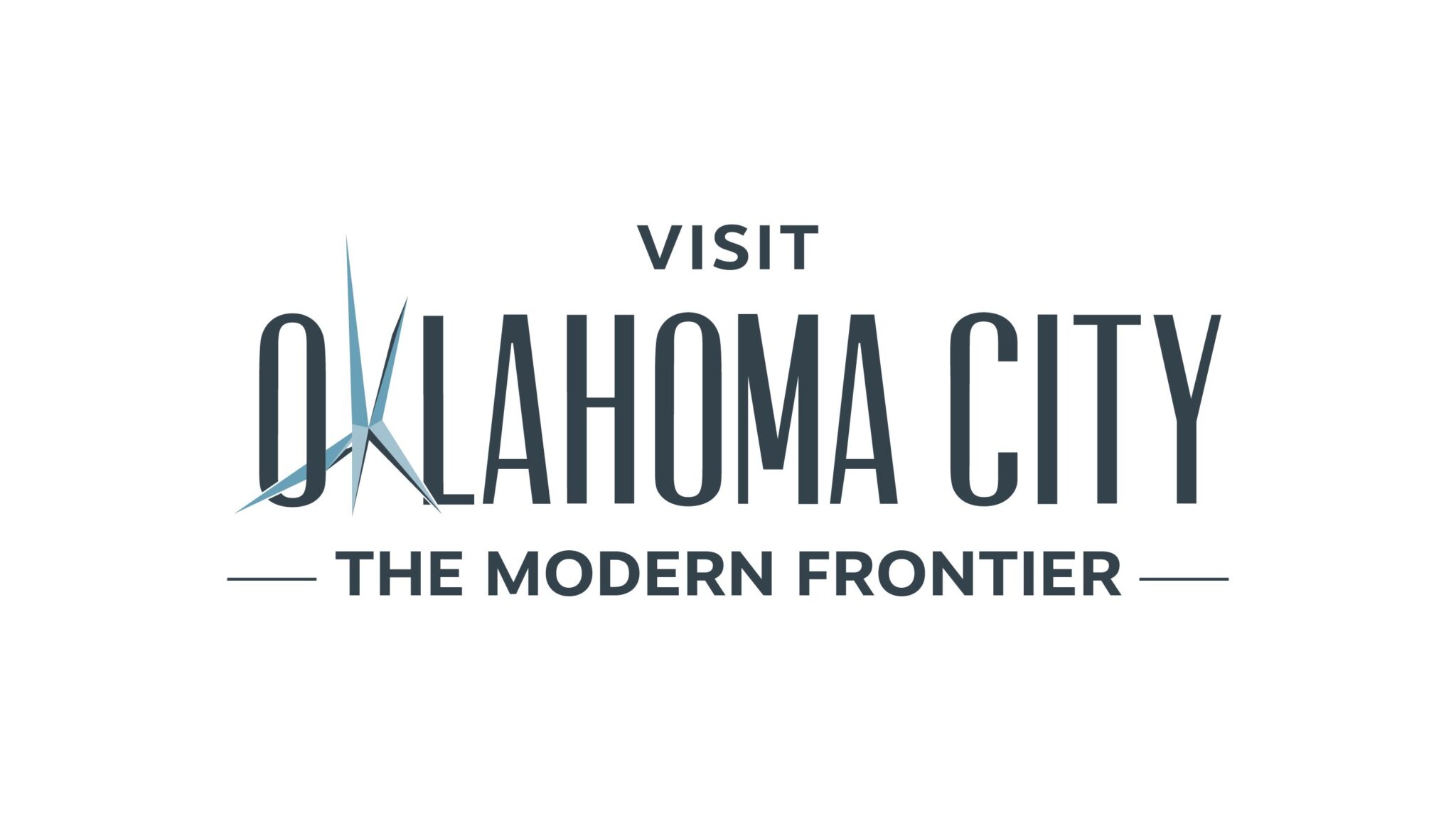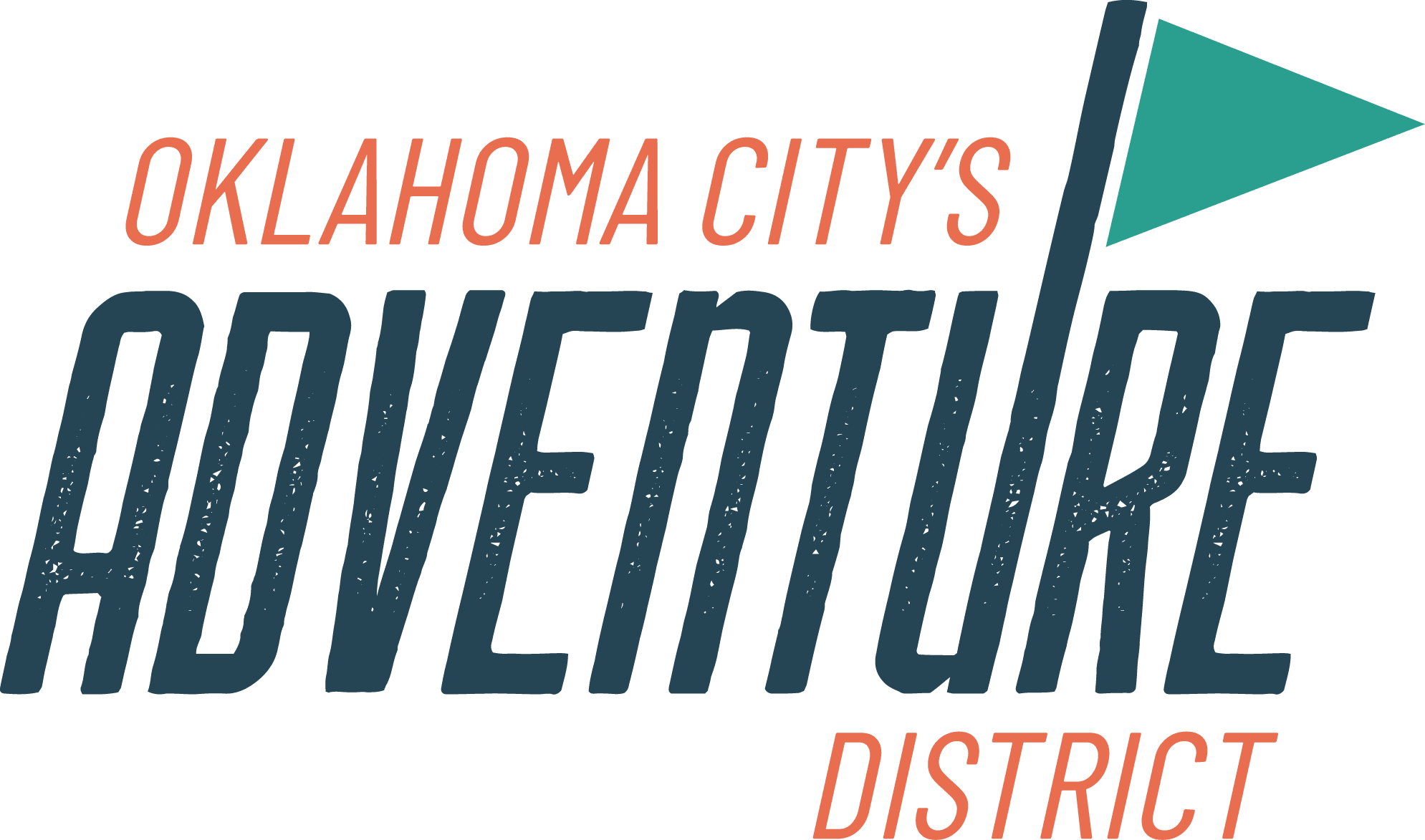Did you know the cowboy in the Museum’s logo is based on an ACTUAL cowboy?! That’s right, his name was Jackson Sundown and today we’re going to talk about his story.
Yakima Canutt, a rodeo legend himself said of Sundown, “He was marvelous rider – a man of fine character.”
Who was Jackson Sundown?
Jackson Sundown (Waaya-Tonah-Toesits-Kahn) was a Nez Perce broncho buster in the late nineteenth and early twentieth centuries. He was born in the 1860s and grew up around horses. He is said to have been the nephew of Chief Joseph, the great Nez Perce leader.
In 1877, the Nez Perce War began. Sundown was injured in the Battle of Big Hole on August 9-10, but he recovered from his wounds. He spent time in Canada before settling in Montana on the Flathead Reservation.
He never lost those riding skills from his youth and began competing in local competitions quickly gaining a reputation as a skilled rider.
In 1913, he rode a wild bull in the Border Show in Idaho. It is estimated anywhere from 8,000-10,000 people watched the show!
In addition to his excellent riding skills, Sundown had a signature style. Wearing orange angora chaps, thickly fringed gauntlets, a bandana and a flat-brimmed cowboy hat with a feathered band and ribboned chin strap – you couldn’t miss Jackson Sundown when he walked into an arena.
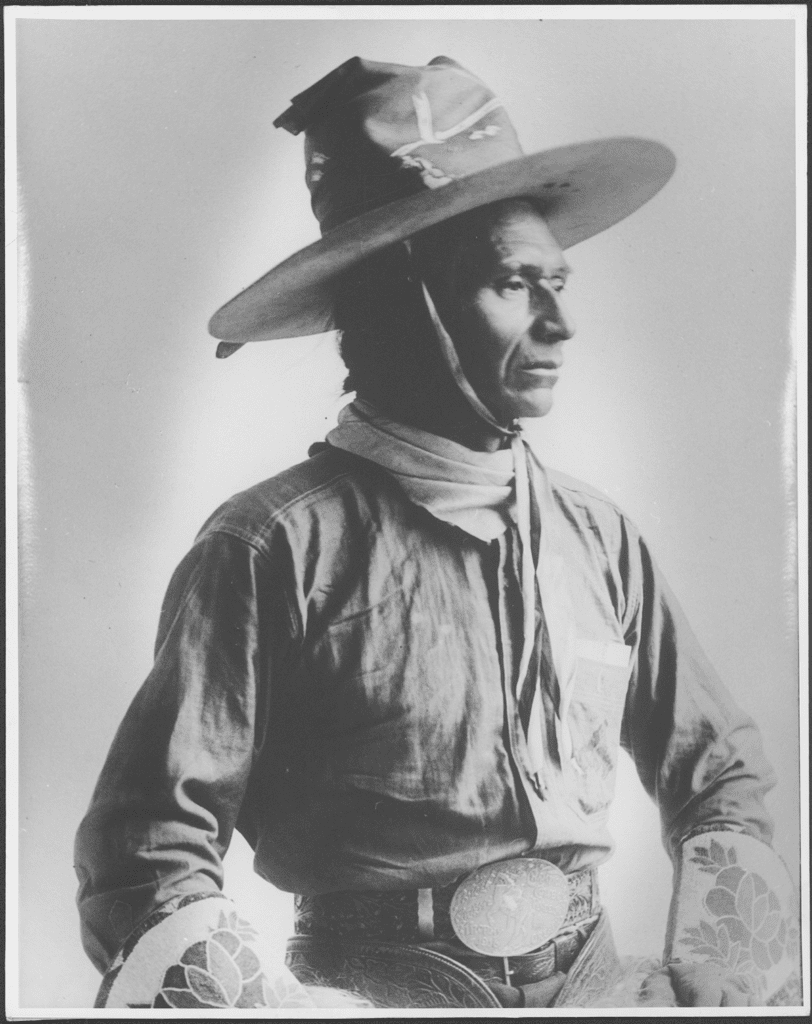

Pendleton Round-Up
Achieving success in the local competitions, Sundown decided to compete on a larger stage. He chose the Pendleton Round-Up in Pendleton, Oregon.
Sundown wasn’t very young at this point in his rodeo career being well into his 40s. He had to compete against kids that were half his age… But Sundown had something those youngsters didn’t have – experience. He knew what to do in an arena and he got the job done besting a lot of those young cowboys. Sundown rode his bronc to complete and utter submission, but he didn’t win…
This lit a fire in Jackson Sundown, and he found himself returning to Pendleton year after year competing for that coveted title.
He inched closer to his goal of winning in 1915 when he placed third. But it still wasn’t enough for Sundown, and he returned the next year to try again.
In 1916, Sundown drew three broncs at the Pendleton Round-Up: Casey Jones, Wiggles and Angel. He had a qualifying ride on Casey Jones which allowed him a chance to ride Wiggles in the semifinals. Successfully riding both broncs, Sundown had to make one more successful, high-scoring ride to win the competition. He drew Angel, a large bay that had been ridden a few other times. In 1912, Lou Minor had ridden Angel and been crowned champion.
Jackson Sundown must have studied the bay, watching its every move. He climbed atop the bronc and his orange Angora chaps were flapping, up and down, up and down. Sundown held on with all he had spurring the horse to make it buck even harder. Eventually, the bay came to a standstill. Jackson Sundown had ridden Angel to submission. The crowd went wild, and Sundown was awarded the Broncho Busting title.

Sundown became the first Native American to win the title, Bronc Buster of the World. He was given a $350* trophy saddle and the All-Around Cowboy belt for his outstanding performance. He asked that his wife’s name be carved into the saddle.
*$350 in 1916 roughly translates to about $10,000 dollars today.
The Oregon Daily Journal quoted Sundown saying, “Many years I ride and many times I win money, sometimes little, sometimes plenty much. But never did I get first place before.”
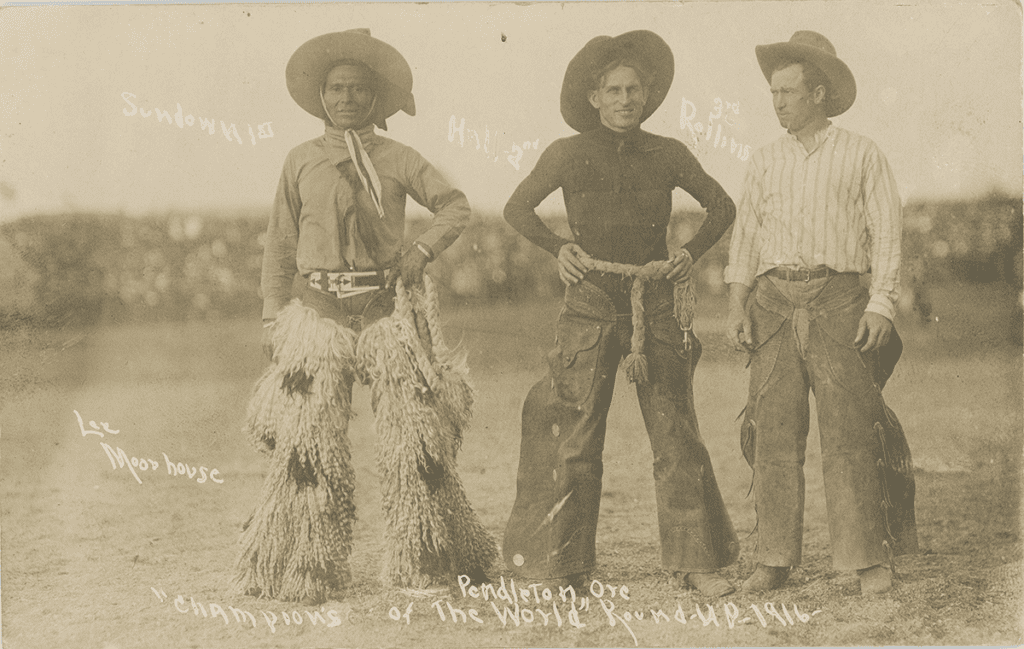
After winning the 1916 Pendleton Round-Up, Jackson Sundown announced his retirement. Sundown didn’t slow down upon retirement, rather he kept teaching his skills to the children who lived on the reservation.
Occasionally, he also posed for artists and photographers.
Seven years after winning his historic title, Jackson Sundown passed away in 1923. His legacy has not been forgotten and he has been immortalized in the logo of the National Cowboy & Western Heritage Museum.
Jackson Sundown was inducted in the National Rodeo Hall of Fame in 1976 at the National Cowboy & Western Heritage Museum. This was a testament to his skills in the rodeo arena. He was also a trailblazer in the sport of rodeo.
Concluding Thoughts
Learning the history behind the Museum logo was a lot of fun for me, personally. I won’t forget the moment when someone told me the logo was an actual cowboy and that we had pictures of Jackson Sundown in the Dickinson Research Center. I loved doing this research and hope you enjoyed reading today’s post!
I hope you’ll join me next time for the next post in our series, “Breaking Trail.”
Interested in more information about Native American athletes in rodeo? Check out these books from Persimmon Hill!
Sources
Websites
“Jackson Sundown.” Forest Service. US Department of Agriculture.
“Jackson Sundown.” National Rodeo Hall of Fame. National Cowboy & Western Heritage Museum.
“Jackson Sundown: Busting Broncs, Breaking Barriers.” National Cowboy & Western Heritage Museum.
Newspapers
“Jackson Sundown First Indian to Win World’s Broncho Busting Championship.” East Oregonian (Pendleton, Oregon), September 25, 1916.
“Pendleton Gets Back to Normal After A Whirlwind Round-Up. The Oregon Daily Journal (Portland, Oregon), September 25, 1916.
“Border Show; Culdesac.” The Spokesman-Review (Spokane, Washington), May 24, 1913.
“Indian Champion to Quit Riding, He Says.” The Oregon Daily Journal (Portland, Oregon), September 26, 1916.
Photos
DRC, Oregon Farming Photographs, R.255.04.
DRC, Photographic Study Collection, 2005.213.
DRC, Photographic Study Collection, RC2007.095.
DRC, Bruce McCarroll Collection of the Bonnie & Frank McCarroll Rodeo Archives, RC2006.076.360.
